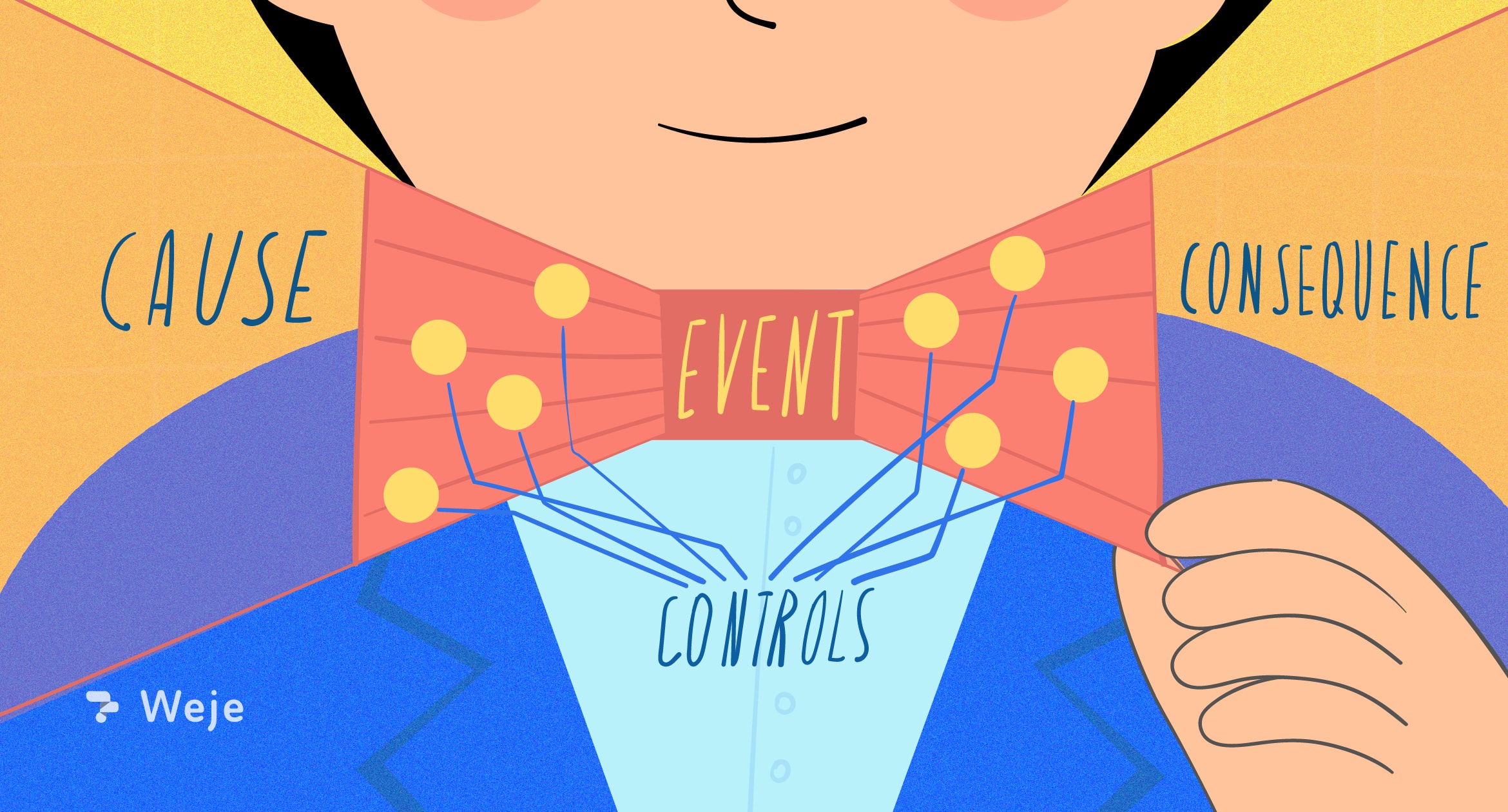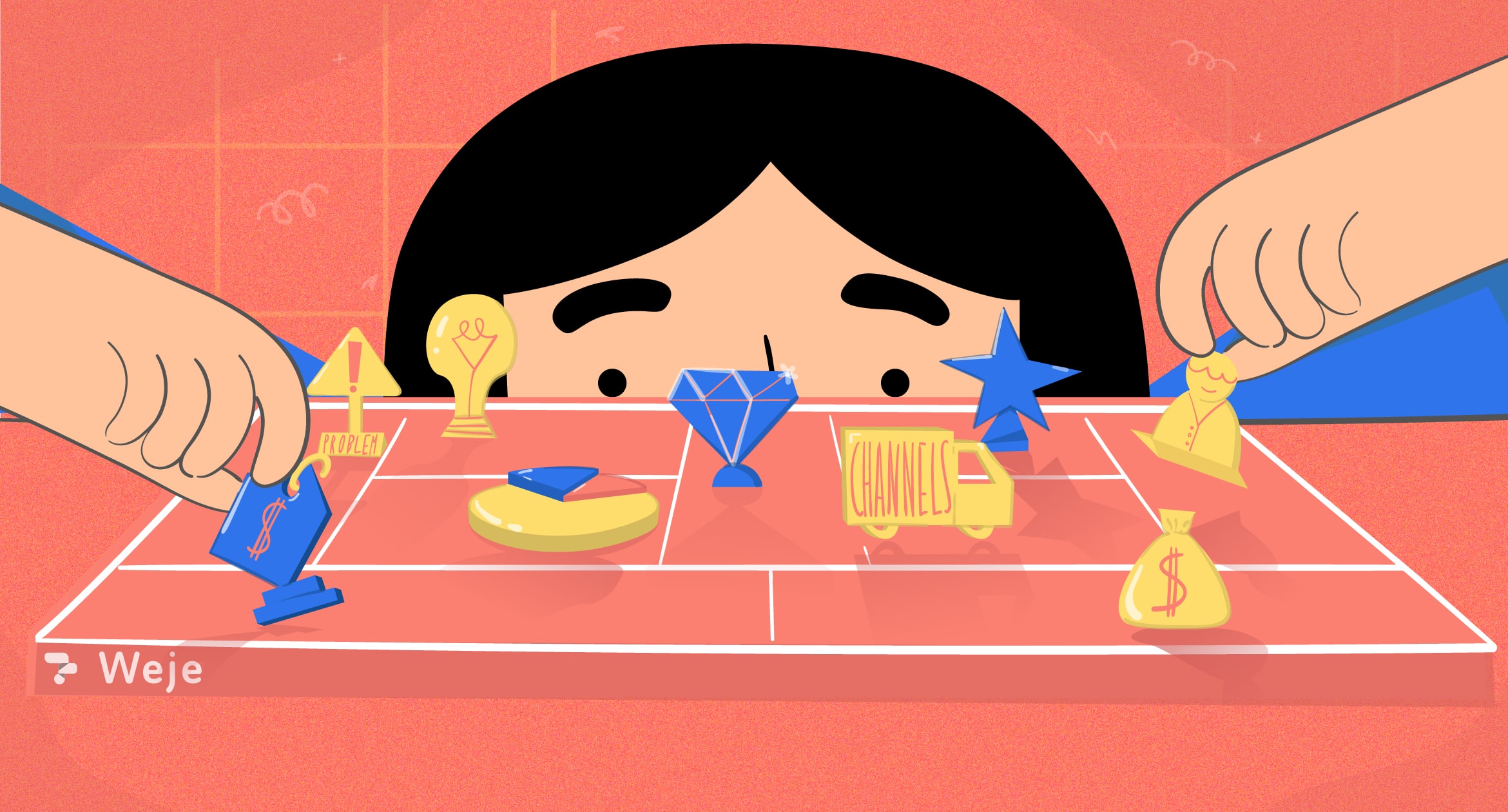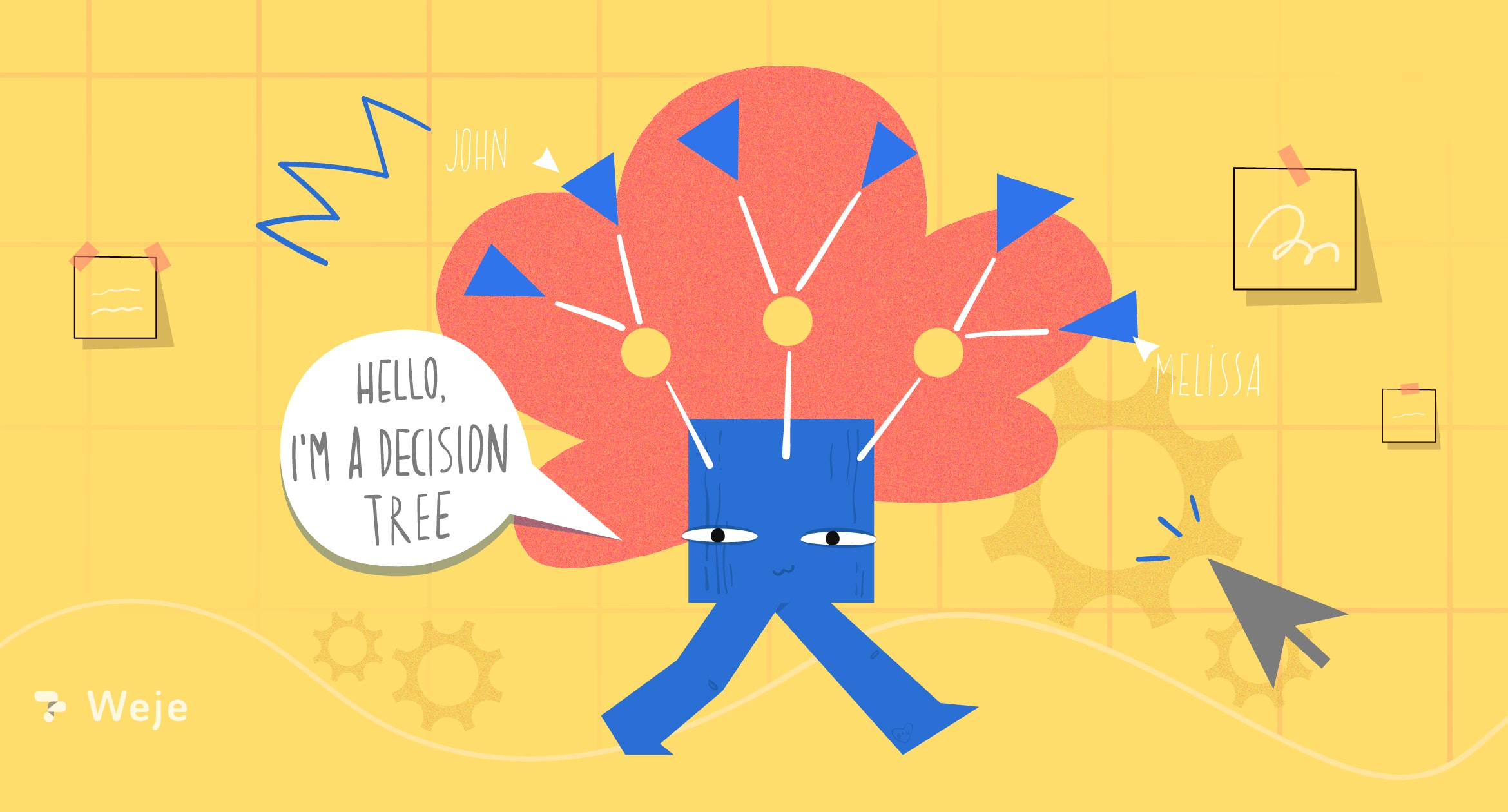From mandatory safety requirements to commercial objectives to corporate citizenship, every business has legal, economic, and ethical goals. To achieve these goals, businesses take risks. No matter the activity, finding the right balance between risk and reward can be challenging. Risk can be visualized, assessed, and managed using the bowtie technique.
What is Bow Tie Analysis?
In the 1970s, Queensland University in Australia introduced the Risk Bow Tie. Eventually, they won favor with the Oil and Gas industry and the broader Work, Health, and Safety discipline. They are the “formal wear of choice” for the risk practitioner since they can be worn for any risk-related occasion.
Bowties are diagrams that portray the risks you face in a single, easy-to-understand picture. Creating a bowtie shape distinguishes between proactive and reactive risk management. A BowTie diagram has the advantage of giving you an overview of several plausible possibilities in one picture. Simply put, it offers an easy-to-understand, visual representation of potentially quite complex risk.
Existing methods
- Failure mode effects analysis
- Fault tree analysis
- Failure mode, effects, and criticality analysis
- Hazard analysis and critical control points
- Preliminary hazard analysis (PHA)
- Hazard operability analysis (HAZOP)
Applications of Bow Tie
Risk Bow Ties can be worn for a variety of occasions, unlike their formal wear namesake.
These include:
- Conducting an incident analysis, including root cause analysis, in order to determine why something went wrong, and thus what we can do to remedy it.
- As part of a risk assessment, supporting risks should be done in order to understand them fully.
- Providing a holistic picture of risk by understanding its drivers, impacts, and mitigation.
- Assist with the identification of risk metrics and key risk indicators.
How to use Bow Tie technique?
Risk analysis is essential to your business plan. Making this seemingly small accessory is actually a pretty big decision. There are many factors to consider, from marketing challenges to competition and regulations. You can do bow tie analysis manually, but plenty of apps are available that make the job easier for you. Weje is here to help you improve your bowtie risk analysis. That’s why we developed a balanced scorecard and an easy-to-set template that adapts to your needs.

If you want to learn how to conduct a bow tie risk analysis, then we have explained bowtie method writing steps below:
1. Figure out the problems
Identifying all of the hazards and dangerous problems within your business must be your priority before taking any action. If you don’t even know the problem, you can’t do anything about it. Potential hazards can occur in a wide range of areas within your business, so be sure to assess each and every single one of them thoroughly so that you don’t miss out on anything.
You should make a list of all the hazards that you have identified, the date when you discovered them, and where they occurred within your business. When you need help, you may assign certain employees who have the relevant knowledge, skills, and experience to assist you in spotting potential workplace hazards.
2. Think through all possible scenarios of what could happen
In addition to checking each hazard you find, you must consider what could happen if any of them were left unchecked. As a result, you can get a sense of what kind of damage and harm they can do to your employees as well as to your business.
So If you ignore these dangers, you’ll have to imagine what could happen. By knowing what they can do, you can come up with perfect countermeasures for preventing or avoiding them.
As an example, suppose you are working on a construction project that will require several types of equipment and materials. You have to think about the damage they can cause if they aren’t handled or cared for properly when you consider what they can do. Understandably, you don’t want falling construction debris to damage your employees or anyone else entering the construction site.
An inexperienced worker can endanger those around them by using complex machinery. It’s also possible for someone to use the wrong tools or materials, which could adversely affect the project’s development. Such things should be considered so that you can devise a plan to handle them.
3. Write out solutions for possible problems
In order to prevent future problems at your company, you and your employees must identify what must be done to mitigate the already present risks. Once you have identified these risks, the next step is to educate your employees on what should be done to prevent them from becoming much worse. In this section, you will need to go into plenty of detail, as you need to make sure that all parties know what needs to be done to ensure that the problems don’t hinder your business.
Therefore, look at the various problems you listed in your analysis and think about the available controls. Are there any steps you and your employees take to prevent these hazards? How can these threats be prevented or neutralized? You should know the answers to these questions, as they’re exactly what you should be looking at when determining the best course of action.
You should then go through each solution and create a detailed explanation of every possible way to avoid or avoid these risks. Both you and your employees need to know what to do, should they ever arise, that these hazards are included in the analysis.
4. Know what could go wrong
You do not have complete control over these problems simply because you have already found ways to deal with them. In addition, there are still more risks to consider that could lead to your control factor’s failure. Therefore it’s important to determine what they are to develop alternate solutions to certain workplace problems.
You’re basically trying to prevent your prevention methods from failing by finding out what could ruin them and coming up with other prevention methods in case anything goes wrong.
5. Share the results with everyone
You’ll have to share the information with everyone who needs to know after analyzing all of the different risk factors. By doing so, you can ensure that they are all aware of the risks in the workplace and what they can do in order to protect themselves and the company.
It is important to develop a system of distribution that ensures everyone can access the information. Additionally, ensure that the system updates in real-time so that everyone can be kept informed about all the new hazards and procedures that need to be addressed as soon as possible.
With Weje, It is extremely easy to share results with your friends and colleagues. To share results, you need only click on the share button and pick the platform where you want to share the results.
How to make a Bow Tie Risk Analysis?
If you search the internet for “how to make a bowtie risk analysis”, you will find plenty of options. We recommend you use Weje services to make a bow tie analysis because it is one of the best services that gives balanced and accurate results. You can also get a special ready template for bow tie analysis where you just need to put your values and you will get the results easily.

Published: February 4, 2022





